Fear and adrenaline in St Moritz
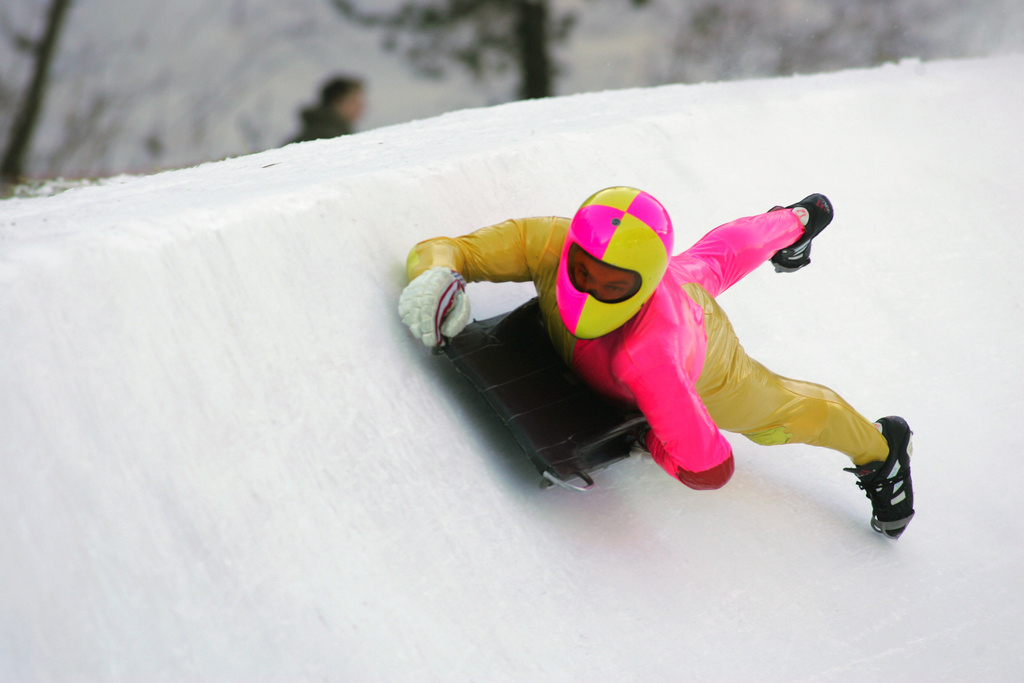
Built 125 years ago in St Moritz by bored, barmy English tourists looking for winter fun, the Cresta Run is considered one of the last bastions of true amateur sport.
Some 500 club members and friends celebrated the thrilling, historic toboggan run’s birthday last week at a ten-day “bash” in the ultra-chic mountain resort in eastern Switzerland.
“It is addictive – I have the X-rays to prove it,” says 74-year-old New Yorker Doug Wilson on the spectator’s bridge outside the St Moritz Tobogganing Club.
Dressed in the club’s traditional uniform – yellow-and-burgundy tweed plus-twos, long socks, flat cap and other hunting garb – Wilson lets out a hearty laugh: “I have a few “Cresta kisses” as permanent reminders of the marvellous exciting times.”
Beneath us Cresta riders taking part in the annual “Grand National” race launch themselves headfirst down the steep icy track, negotiating its ten perilous curves, including the infamous Shuttlecock corner, at speeds of up to 130 kilometres per hour with just a tilt of the head and deft touch of a spiked boot.
“Next up Lord Wrottesley,” echoes the clubhouse tannoy.
And in the blink of an eye the black-suited Clifton Hugh Lancelot de Verdon Wrottesley hurtles past for the best time of the day – 50.46 seconds.
The Cresta story began in 1885 when English tourists staying at the Kulm Hotel in St Moritz built a banked toboggan course together with locals to compete against rivals from Davos.
Some 125 years later the 1,200-metre run still takes exactly the same route. Starting at St Moritz it snakes its way down a narrow gulley following the natural contours, dropping around 150m as it passes through the hamlet of Cresta to the pretty town of Celerina.
Every year local workmen rebuild the course by hand and from memory; it remains open for nine weeks from late December until the end of February.
Shuttlecock
Inside the packed white clubhouse building at “Junction”, from where beginners start, members nervously follow the big race.
A huge groan goes up as course record holder James Sunley crashes spectacularly at the long left-hand Shuttlecock bend. There is a very long silent wait until he slowly rises.
“James is back on his feet and a bit shaken up,” says the cut-glass tannoy voice.
Straw bales and extra piles of soft snow helped cushion his nasty fall but Sunley still has to go for a medical check-up just in case.
“Shuttlecock acts as a stop value otherwise you’d be going too fast at the bottom,” explained Matthew Gimlette, who has been a Cresta rider for 25 years. “The Cresta has shallow saucer-like banks so you need to work hard to steer round them or you go out.”
This is what makes the Cresta unique compared with luge or bobsled runs, where you can usually get to the end come what may, say club members.
Going out at Shuttlecock is also a question of honour. People automatically become members of the Shuttlecock Club, earning them permission to wear the Shuttlecock tie and an invitation to an exclusive dinner.
Death talk
So how dangerous is the Cresta? Since 1885 four people have died on the course, the last in 1974. On average one ride out of every 1,000 lands in hospital; there are around 12,000 rides per year.
“People get fingers run over, bones broken, vertebrae cracked in necks or backs. There have been some serious injuries no doubt, but it’s very unusual for something like that to happen,” said Gimlette, referring to the recent death of Georgian luger, Nodar Kumaritashvili, at the Vancouver Olympic Games.
Beginners, who sign up for five practice rides, are given clear warnings of the risks in the “Death Talk” given by course “gurus”.
“It does frighten people, but that’s the idea,” said Nigel Broadhead, a 66-year-old retired farmer who teaches novices. “But once they’ve done their first run they come back up for more with smiles on their faces.”
Bullshots at the bar
At the clubhouse bar waiters prepare Bloody Marys and Bullshots, the popular riders’ tipple of beef stock and vodka, while members discuss today’s results.
The name of Lord Wrottersley – the Roger Federer of the Cresta world – will once again be inscribed on the huge wooden roll of honour.
“The lord of the ice” as the BBC once called him, slid to his seventh Grand National triumph and fourth Grand Slam (four trophies in one season), over two seconds ahead of Tyler Botha from South Africa and Count Luca Marenzi from the United States.
The private sports club is still run on an amateur basis and boasts 1,300 mainly British, Swiss, German and Italian members of all ages.
It has traditionally been dominated by the British forces and has a strong male public school ethos, and since 1929 women have not been permitted to join.
But every year the gentlemen’s club organises a ladies race; female enthusiasts have also been known to sneak onto the track at the end of the season before it is demolished.
Georgina Rabl, who works in the clubhouse shop, recently took the plunge for the first time.
“It was terrifying. It’s like Marmite – you either love it or hate it,” she said, adding that she would definitely be back for more.
Way of life
But the Cresta is more than just an addictive icy headlong rush. For most members the atmosphere and international camaraderie has made the club a way of life.
“We’re fundamentally a sporting club, but the social side is enormously important,” said Cresta secretary David Payne.
The ten-day 125-year celebrations in St Moritz included a packed social programme, with parties every night culminating in a huge anniversary ball at the Kulm Hotel.
“We have a lot of fun,” said young wine merchant David Law. “It’s an amateur sport so we don’t do much training. The training’s done at night and the riding’s done in the morning; you sleep in the afternoon.”
This distinctive amateur approach to sport, lack of change and sense of tradition is what makes the club so unique, said Payne.
“I would be astonished if this club is not here in another 125 years time,” he added.
Simon Bradley in St Moritz, swissinfo.ch
The Cresta Run is a 1,212-metre-long natural ice toboggan racetrack that snakes down a steep gulley through ten testing corners in the ski resort of St Moritz. The total drop is 157 metres and the gradient varies from 1 in 2.8 to 1 in 8.7.
Speeds on the run range from 85 kilometres per hour up to 128 km/h. The course record is 50.09 seconds, held by James Sunley.
Riders brake using rakes on their boots.
The run was completed in January 1885 by Major Bulpetts, the founder of the St Moritz Tobogganing Club (SMTC), and the people of St Moritz. It is still built from scratch every year.
The run usually opens two or three days before Christmas and continues for nine weeks until the end of February.
The SMTC is a private club with some 1,300 members, mainly British, but also from other parts of the world. Non-members are welcome to ride as temporary members, which entitles them to ride in the early mornings on certain days. After gaining experience on the track non-members can later apply for full membership, which takes roughly 3-5 years.
The now traditional headfirst position was first adopted by Mr Cornish in 1887. Ladies were banned from riding the Cresta from 1929.
The 30kg flattop Cresta toboggan is almost identical to the bob skeleton, but the flattop has much longer knives at the rear, allowing riders to dig in and steer.

In compliance with the JTI standards
More: SWI swissinfo.ch certified by the Journalism Trust Initiative

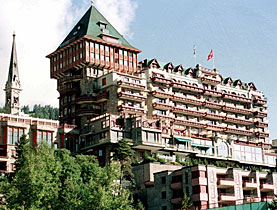
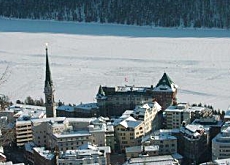
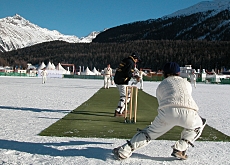

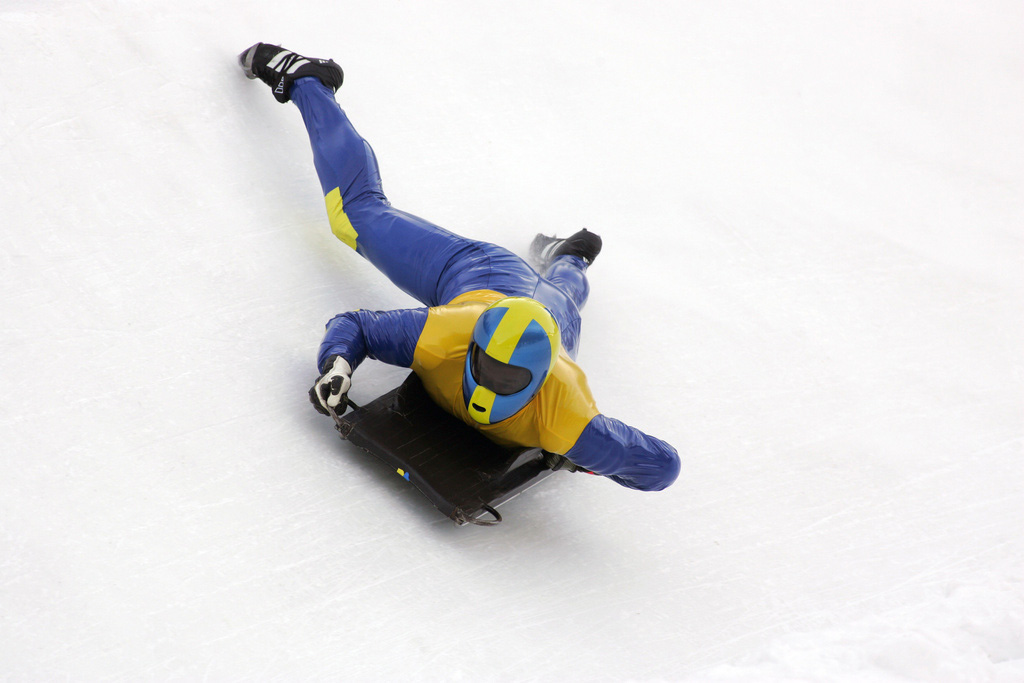
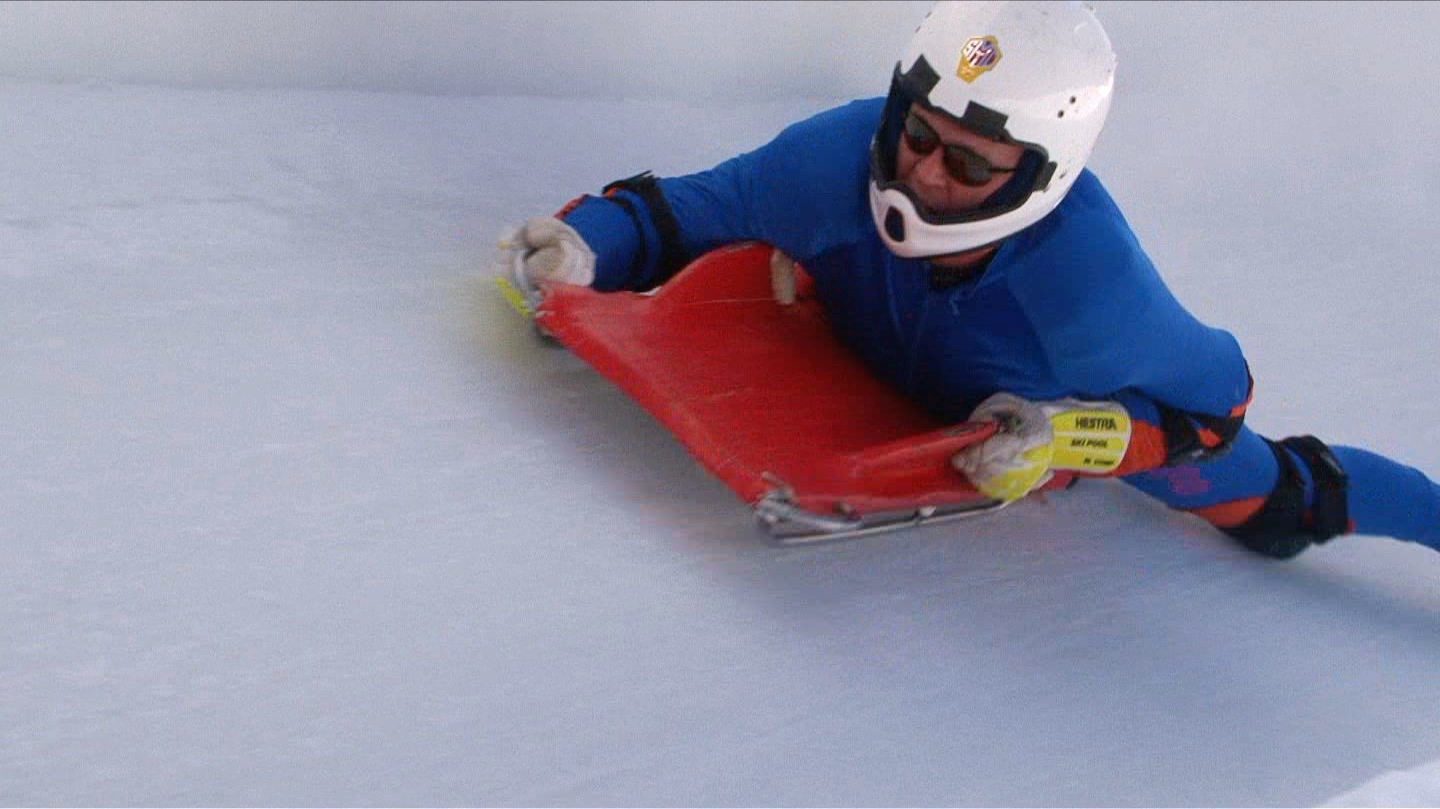
You can find an overview of ongoing debates with our journalists here. Please join us!
If you want to start a conversation about a topic raised in this article or want to report factual errors, email us at english@swissinfo.ch.